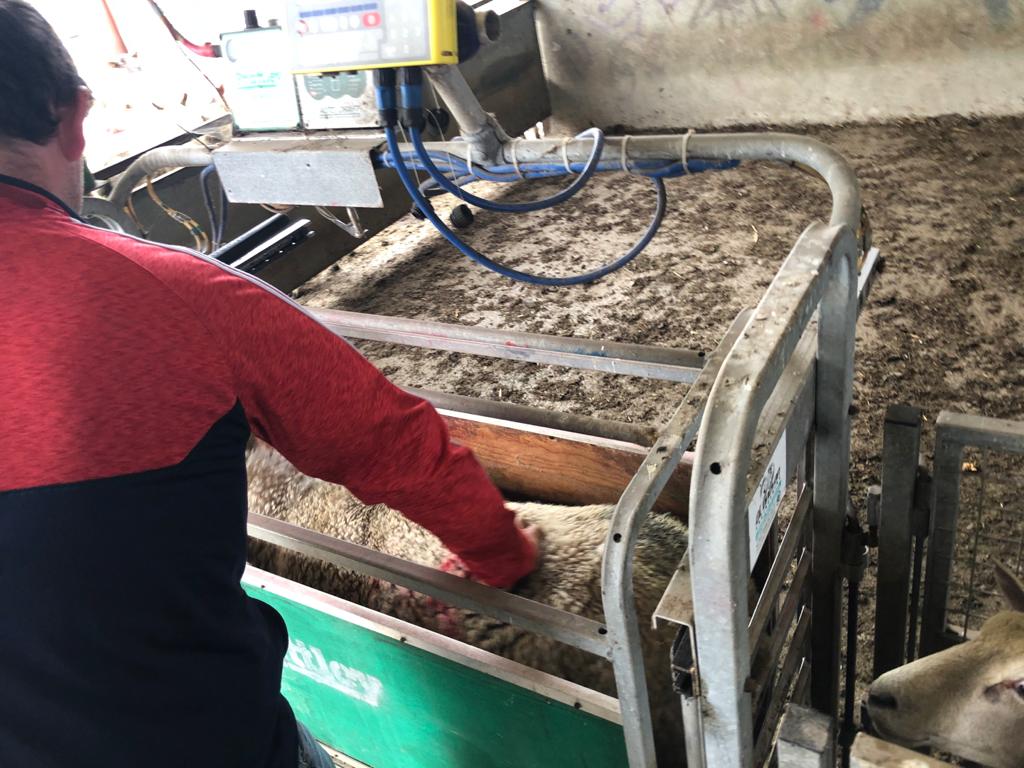At this time of the year, ewes and rams are being prepared for the mating season or have already been put out for breeding. Now is as good a time as any to record health data on your flock, incidences such as lameness, Body Condition Scores and Dag scores. These health records feed into the genetic evaluations of your flock and help you to analyze poorer and better performers in your flock. You can record this very easily on your LambPlus App.
How to record a Health Event
To record a Health event you must go to ‘management‘ then ‘health and weights‘ and enter your records here.
You can enter all your record in one go and click on ‘preview (# of animals)‘ in the top right hand corner of the screen. Then click on ‘Confirm‘ and all the health records will save at the same time.
Lameness
Lameness is recorded on a Yes / No basis regardless of the severity. Based on the records collected over the past number of years by both pedigree breeders and by Sheep Ireland on CPT and Ovidata flocks, we have found that recording lameness in ewes and lambs have highlighted some bloodlines that are more resistant to lameness than others.
Mastitis
Mastitis is recorded on a Yes / No basis regardless of the severity of the infection (even if the infection is only in one side). This event is more difficult to capture however we have identified a number of pedigree ewes with some degree of mastitis during our flock visits just by palpating the udder. Even with this low incidence of recording we are already identifying bloodlines more resistant to the mastitis infection than others.
Prolapsed
Prolapse is recorded on a Yes / No basis. Any ewe that requires a harness/stitch to ensure they do not prolapse should be recorded as a yes. This is with the aim of trying to identify bloodlines that are the most resistant to prolapsing.
Dag Scores
Faecal material can build up around an animal’s hindquarter for a number of reasons, and can result in both increased risk of fly strike and increased costs associated with removal of this faecal material. By scoring the “dagginess” of animals we can aim to assess rams for their resistance to producing animals with excessive dags around the hind quarters. Dag scores can be collected on ewes as well as their lambs and can be collected at any time of year and as often as you like. It is recommended however to score animals twice a year, once at weaning time (at 4 months) and again pre-mating (at 8 months).
The dirtiest lambs are scored 1 and the cleanest lambs are scored 5 (see diagram below) .The key is to be consistent when scoring a group of animals on any given day, during the genetic evaluation Sheep Ireland will remove the effects of differences between years and flocks.
Condition Score
The condition score of an animal has been attributed to every aspect of its production cycle in some shape or from fertility, carcass confirmation and lambing difficulties. The thinnest animals (poorest confirmation) in the flock should be scored 1 and the fattest animals (best confirmation) in the flock should be scored 5. This score should be collected by feeling the animals back and using the diagrams below to assign he scores. The key is to be consistent and to record some variation. If all ewes are scored the same condition then the data has limited value in the evaluation. During the genetic evaluation Sheep Ireland will remove the effects of differences between years and flocks.



